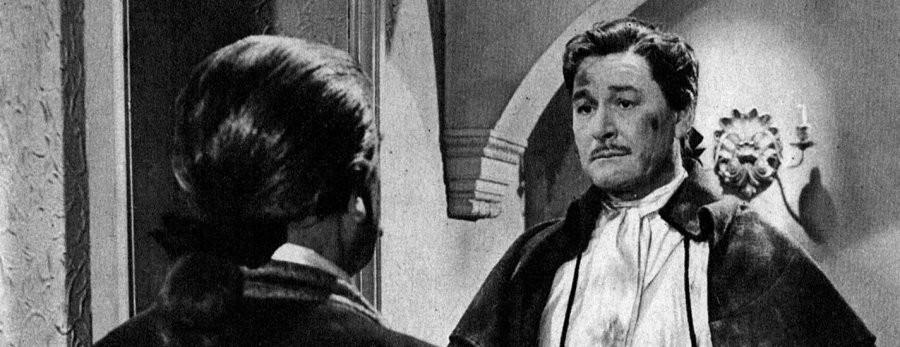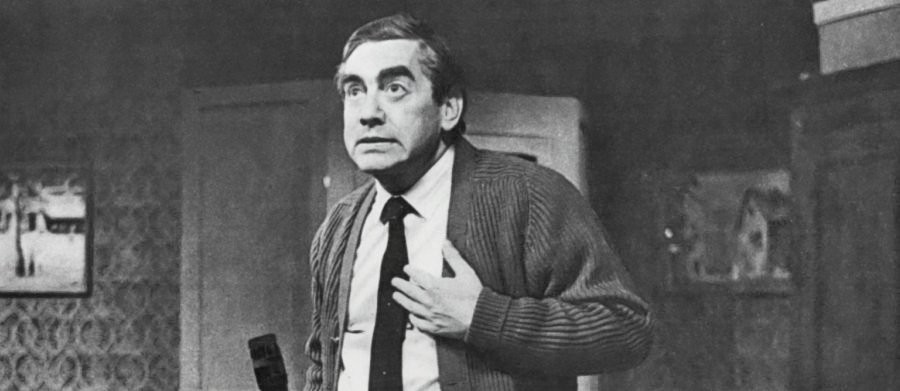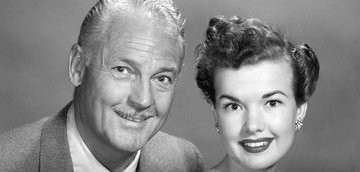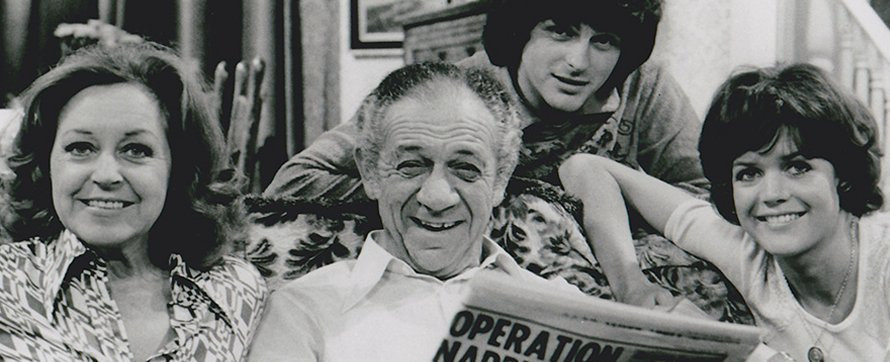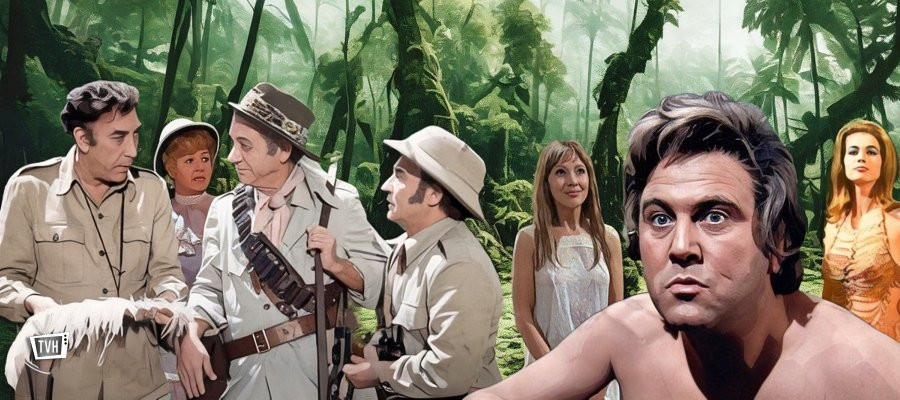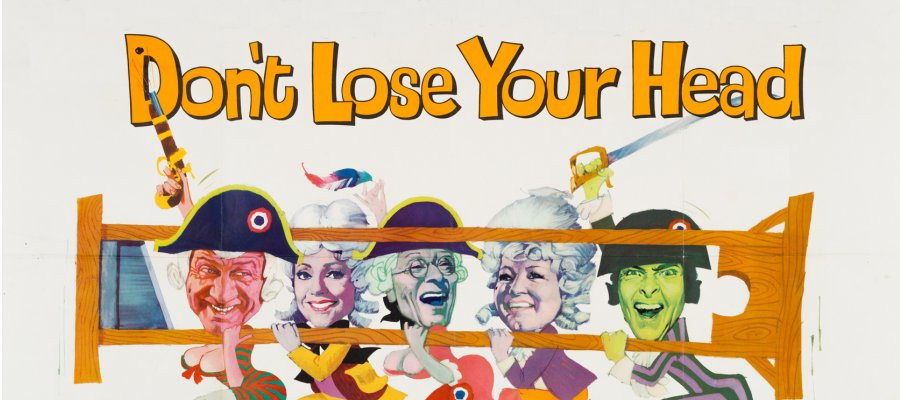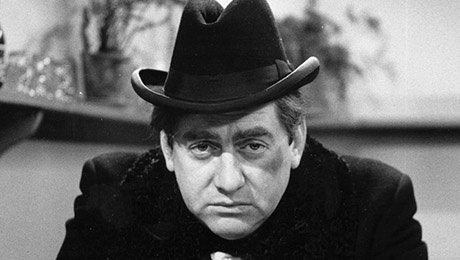
Hancock's Half Hour
1956 - United KingdomEmerging from the enormous success of its radio incarnation, Hancock's Half Hour made its television debut on the BBC in 1956 and quickly established itself as a cornerstone of British comedy. The series followed the pompous yet endearingly hapless misadventures of Anthony Aloysius St John Hancock, a self-styled man of letters residing at 23 Railway Cuttings, East Cheam – a fictional address now etched into the annals of British television history.
Penned by the legendary comedy writing duo Ray Galton and Alan Simpson – who would later create the equally iconic Steptoe and Son – the series featured half-hour episodes each built around a single comedic situation. These scenarios deftly highlighted Hancock's delusions of grandeur, misplaced self-importance, and general inability to navigate the everyday with any degree of competence. The humour was sharp yet character-driven, offering a blend of social satire and classic farce.
Tony Hancock's performance as the eponymous lead was a masterclass in timing and delivery. With his ever-present Homburg hat and lugubrious expression, he became the archetype of the modern British comic anti-hero – a man out of his depth in an indifferent world. He was superbly complemented in the earlier series by Sid James, not yet the seasoned comic actor he would become, but whose earthy persona provided the perfect foil to Hancock’s pretensions. The chemistry between the two, coupled with the impeccably observed scripts from Galton and Simpson, was instrumental in the show’s widespread acclaim and enduring popularity.
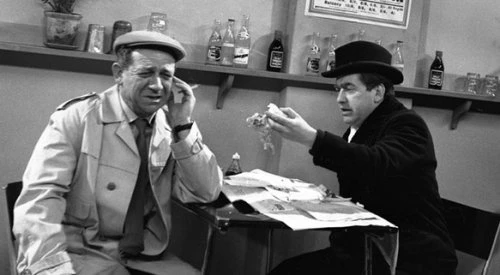
However, as with many gifted comedians, Hancock’s professional brilliance masked a deeply troubled personal life. Plagued by insecurities and increasingly erratic behaviour, he made the fateful decision to part ways with Sid James by the final 1961 series – now simply titled Hancock. Without James, and with Hancock’s own growing disdain for traditional sitcom formats, the series began to falter. Though the final run lacked the consistency of earlier years, it nonetheless produced two of the most iconic episodes in British comedy history: The Blood Donor ("A pint? That's very nearly an armful!") and The Radio Ham, both of which remain revered today for their brilliance.
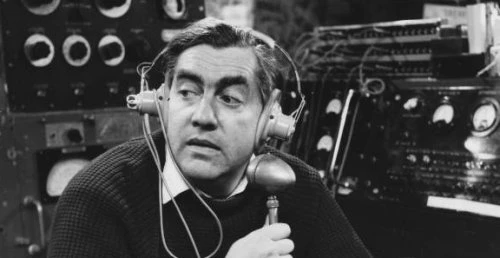
After leaving the BBC, Hancock moved to ITV in an ill-judged attempt to reinvent his television career, dispensing not only with Sid James but also with Galton and Simpson. The creative vacuum left by their departure was never adequately filled. Worse still, Hancock began to rely on an autocue rather than memorising his lines, a decision that only served to diminish his comic precision. The decline was stark and tragic. Battling alcoholism and depression, Tony Hancock died by suicide in 1968 while working in Australia, aged just 44.
Despite the sad end, Hancock's Half Hour remains a towering achievement. It laid the groundwork for modern British sitcoms and introduced a more sophisticated, character-based form of comedy. In many ways, Hancock was the prototype for later tragicomic figures like Basil Fawlty and David Brent – characters caught between inflated self-image and social ineptitude.
At its height, Hancock’s Half Hour was the Rolls-Royce of television comedy – stylish, meticulously crafted, and unmistakably British. Its legacy is not merely in its laughs, but in its profound influence on what television comedy could aspire to be.
Seen this show? How do you rate it?
Seen this show? How do you rate it?
Published on April 14th, 2025. Written by Marc Saul for Television Heaven.



